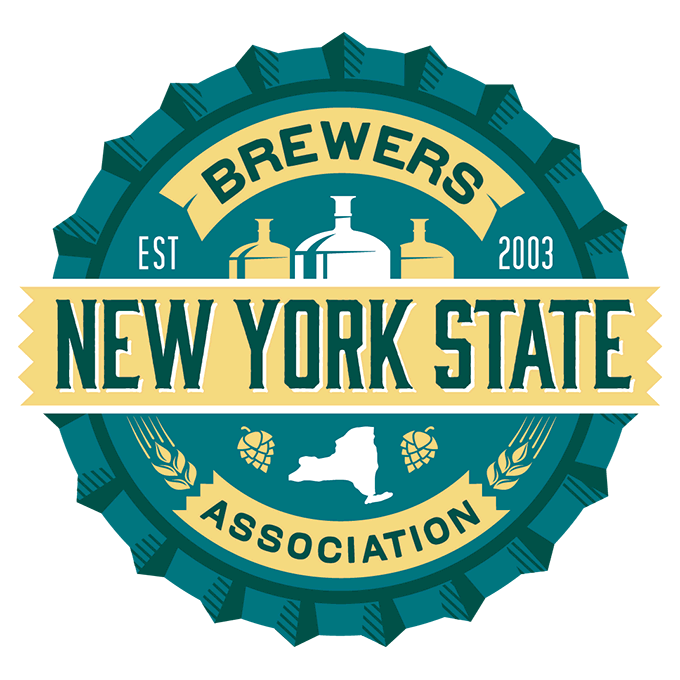
Part 1 of 3 in a Series about Mead & Braggot.
Recent changes to the Alcoholic Beverage Control Law (ABCL) addressing the production and licensing of mead and braggot in New York State took effect on March 28, 2019. These amendments create a new Article 3 to the ABCL and add corresponding definitions of relevant terms and related references to other licensing provisions throughout the ABC law like those governing the farm breweries. For breweries looking to grow their businesses, these new licensing provisions for mead and braggot provide useful avenues for brewers to craft additional products that appeal non-traditional beer drinkers as well as offerings for their regular customers who are interested in trying something different.
What do ‘Mead’ and ‘Braggot’ Really Mean?
The first thing that brewers need to understand about the new rules is what types of products are covered by the terms “braggot” and “mead.” Braggot is simply another category of beer and the new ABCL provisions explicitly direct that braggot must be designated and sold as a beer. Braggot specifically refers to malt alcoholic beverages made primarily from honey, water, and malt and/or hops, though it could also contain fruits, spices, herbs, grain, or other agricultural products. To qualify as “braggot,” at least 51% of the starting fermentable sugars (by weight of the finished product) must be honey.
No additional license is required for licensed farm breweries to produce and sell braggot. For those licensed farm breweries, braggot is now a product they are authorized to produce and sell in the same manner that they have been brewing and selling beer and cider. This differs from mead, which only licensed mead producers, farm meaderies, wineries, and farm wineries can manufacture. Thus, if your brewery is interested in making mead, or if your brewery does not operate under a farm brewery license, a new license will be required to produce mead and braggot.
Mead is wine made primarily from honey and water. And it, too, could contain hops, fruits, spices, herbs, grain or other agricultural products. As with braggot, mead must have at least 51% of the starting fermentable sugars (by weight of the finished product) come from honey. If the mead contains 8.5% alcohol by volume (ABV) or less, it can be designated, sold and treated as either mead or wine. If the ABV goes over 8.5%, it will be regulated as a wine.
As with New York State-labeled beer, specific definitions have been added along with related benefits under various licenses for New York State-labeled braggot and New York State-labeled mead. However, the terms contain no requirement about the percentage of NYS-produced products that they must contain like the classification of NYS-labeled beer does. Instead, to be a NYS-labeled braggot or mead, the braggot or mead must be made exclusively from honey produced in New York State. This requirement may create practical difficulties for businesses interested in utilizing the licenses for NYS-labeled mead and braggot production.